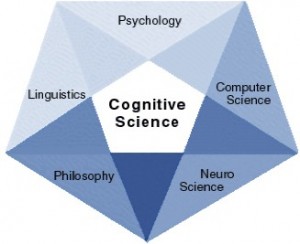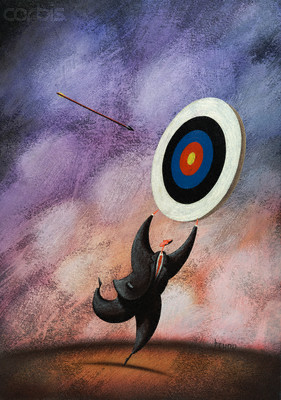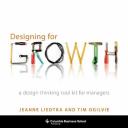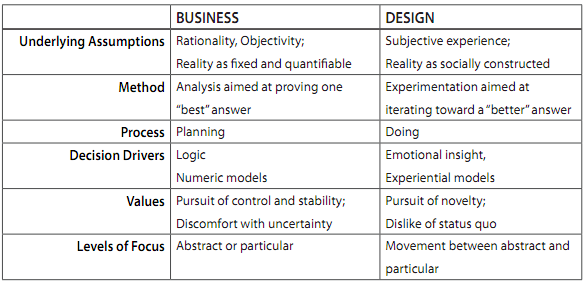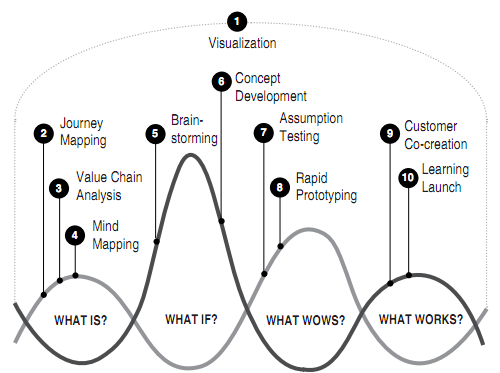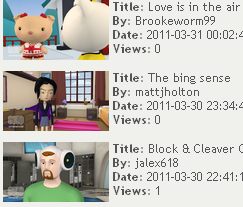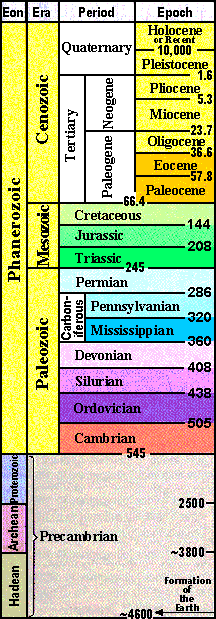A Real Design Thinker in 20 Months for $51K
Thursday, December 22nd, 2011 The Institute of Design at the Illinois Institute of Technology offers world-class training for those interested in becoming designers, design thinkers and even design researchers and scholars. They just announced a new executive format for earning a Masters in Design Methods. Classes meet two weekends a month for 20 months for a total fee of approximately $51K.
The Institute of Design at the Illinois Institute of Technology offers world-class training for those interested in becoming designers, design thinkers and even design researchers and scholars. They just announced a new executive format for earning a Masters in Design Methods. Classes meet two weekends a month for 20 months for a total fee of approximately $51K.
“This program is for exceptional design, management, engineering, and other professionals who wish to acquire robust design methods and frameworks and apply design thinking to the development of products, communications, services, and systems.”
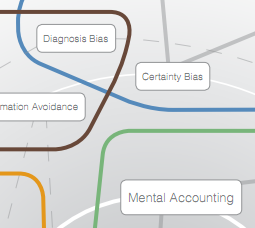 The idea is you can get world-class design thinking training and keep your day job. The program includes courses focused on cognitive design. For example, The Brains Behavior and Design course draws on behavioral economics and cognitive science to equip designers with a toolkit for influencing consumer decision-making. You can download the toolkit for free.
The idea is you can get world-class design thinking training and keep your day job. The program includes courses focused on cognitive design. For example, The Brains Behavior and Design course draws on behavioral economics and cognitive science to equip designers with a toolkit for influencing consumer decision-making. You can download the toolkit for free.
Interested to hear from readers that are part of this program or other graduate training programs in design thinking that use the executive format.


